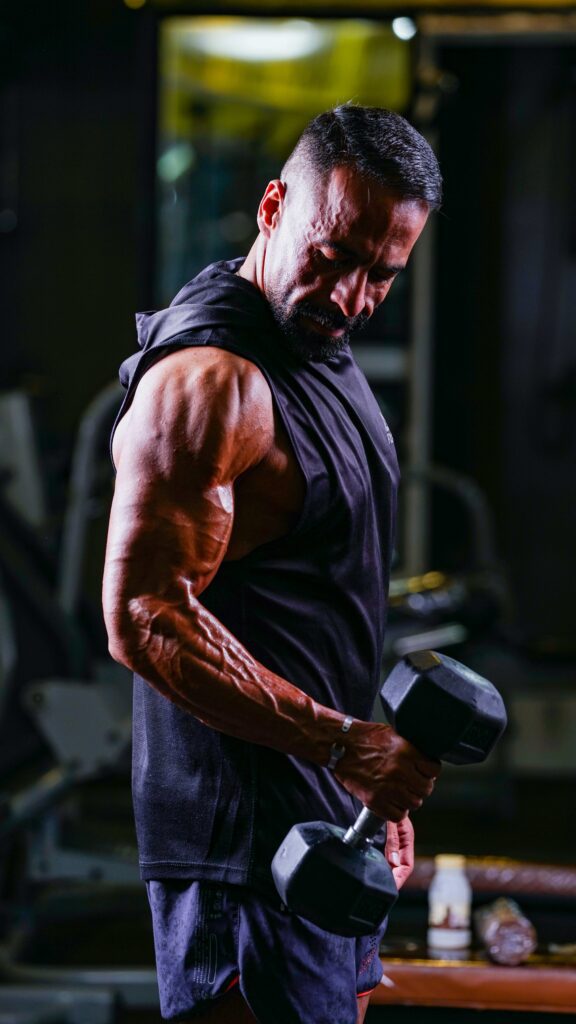There is no doubt that elite athletes train hard. From daily training sessions, to going all-out on game day, the work load definitely adds up and takes a toll on your body. However burnout and injury can destroy an athletes career, and that is why it is imperative for them to implement a recovery ritual and stick to it.
But what about the weekend warrior or the gym goer who also trains hard or even the workaholic who works too hard? Believe it or not, it is just as important for this group to ensure they are recovering and taking care of their wellness correctly just as much as athletes.
“Athletes have recovery time factored into their training schedule by their coaches” explains Ben Seymour, a ex-Australian rugby union footballer who played as fly-half for the Western Force in the Super Rugby and now co-owns the Recovery Lab group. “The thing is, with non-elite athletes, they don’t often have time blocked off in their day for recovery, rest and even to take a nap. Instead they go to work and they need to do everything else that is required of them. This means that recovery often goes out the window due to time constraints, but this can also lead to burn out and injury which can take a while to come back from. It is far better to avoid it if you can.”
Here, Ben shares the top recovery tools that athletes swear by. These can be beneficial to everyone so take note.
Warm Up and Cool Down
No matter how busy you get, don’t skimp on your warm up or cool down pre and post workout. These are two simple practises that will take you 10 minutes which can really help save you from straining a muscle or injuring yourself.
Before you start your workout, you want to be doing mobility movements to warm up and get your body used to the exercises that you are about to complete For example, if you are going to be doing a heavy legs session, light lunges and squats to warm you up into that movement pattern is a good idea.
For the cool down, feel free to do more static stretches. Stretch the whole body with a focus on the muscles that you just worked.
Massage Guns
If you are someone who experiences DOMS and muscle soreness post workout, it wouldn’t hurt to invest in a massage gun or utilise the massage guns at your local Recovery Lab. Massage guns help you massage deeper into your muscles and fascia which helps to decrease your lactic acid levels while improving your lymphatic function and blood flow. It is a great way to release soreness and it is also a great tool for prevention.
Compression Boots
This is an extremely relaxing treatment that will often send you to sleep. I can also say that most of the elite athletes who are active on Instagram would have probably at one point posted a picture of themselves enjoying NormaTec’s dynamic air compression boots. They are very popular.
The boots themself will cover your whole leg. Slip them on and they will come to the top of your thighs. From there, you plug them in and push play.These boots constrict your legs tightly through compression. Think of a massage chair, but with a more effective massage that releases all of the lactic acid from your legs. This is a great treatment to do for 45-60 minutes after a big legs session, or a running session. It enhances circulation and will have you feeling as good as new in no time.
Ice Baths
An ice bath does require a bit more grit as they certainly are not pleasant but they are great for reducing inflammation and boosting post-workout recovery to help reduce the chance of injury. They are also great for your metabolism and immune system as well as being surprisingly good for your mental health as cold immersion therapy can benefit your central nervous system.
How it works is that the cold water constricts your blood vessels which decreases metabolic activity thus reducing tissue breakdown and swelling. Then when your body is no longer in the cold water, there is a faster return of blood flow to the lymph system, which helps your body flush out the metabolic waste that gets built up during a workout. Evidence has also suggested that it can reduce inflammation in the muscles, thus reducing the risk of DOMS which therefore prevents muscle soreness.
Ideally try to stay in the ice bath for 3-8 minutes if you can but you should build up to this.
Infrared Sauna
If the ice bath is not for you, the infrared sauna is quite the opposite. Infrared saunas are great for flushing out toxins, for pain relief, improving your circulation and assisting with fighting off fatigue. There are also some beauty benefits in that it may also improve your skin tone and may aim weight loss.
This is a great 30-45 minute treatment that can be done frequently. Lots of football players love to use an Infrared sauna weekly, especially during the playing season although with incorporating this an ice bath will get you great results if you had really sore muscles.
















